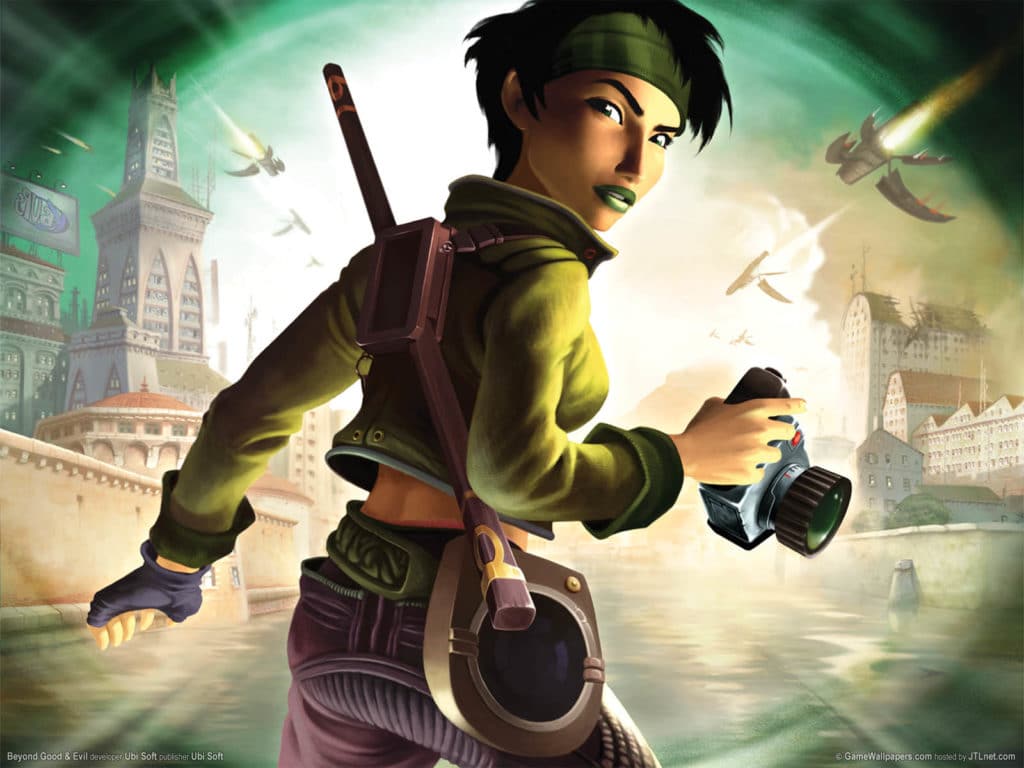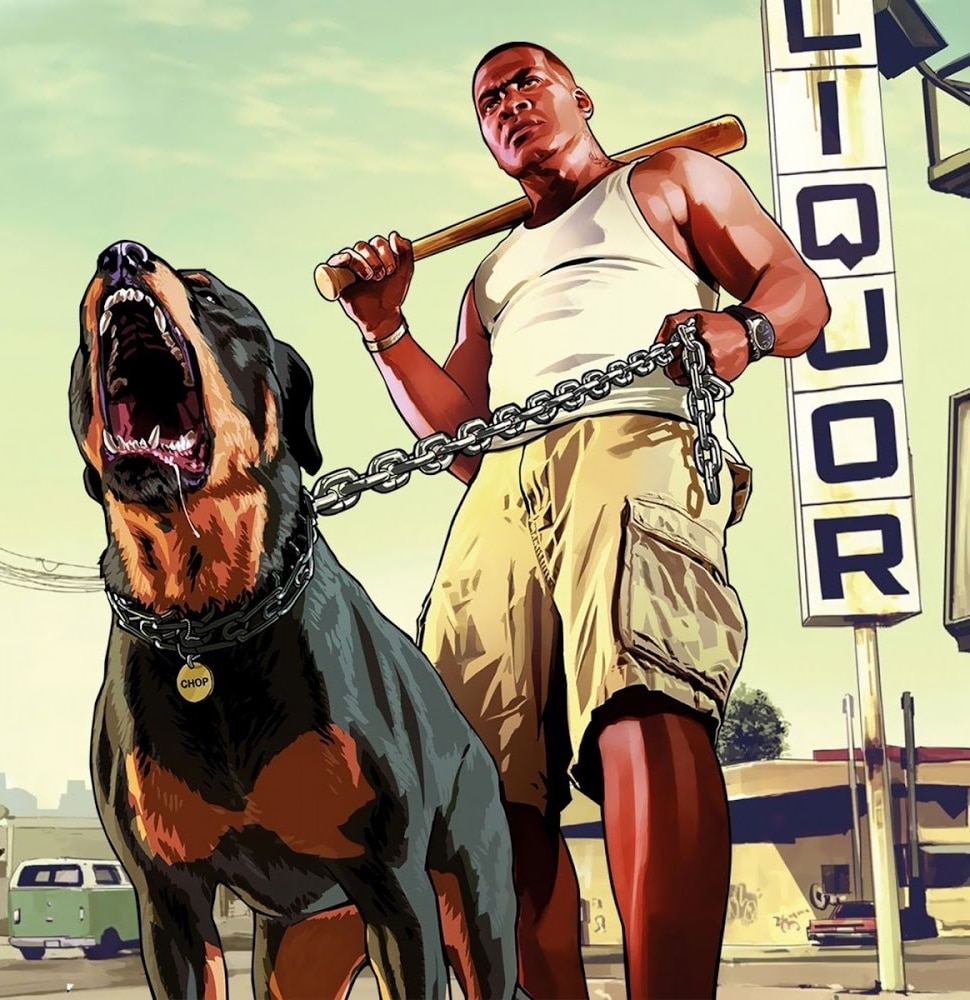Video games have been in the public zeitgeist since the late 1970s. The pastime developed and came out of the arcades and landed in our homes. The Sega Genesis, PlayStation One, Nintendo Game Cube and others helped make gaming addictive and created a thriving global subculture. Since the late 1990s, there have only been 14 playable female characters in the history of modern video gaming.
D’arci Stern, the first Black female playable character, comes from the fairly obscure PC and PlayStation One title Urban Chaos.
 Hunter: The Reckoning is a game about normal humans with powers fighting against the supernatural world. Samantha Alexander is one of the main characters and was a police officer before becoming a full-fledged hunter.
Hunter: The Reckoning is a game about normal humans with powers fighting against the supernatural world. Samantha Alexander is one of the main characters and was a police officer before becoming a full-fledged hunter.




